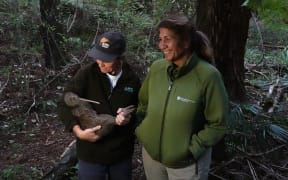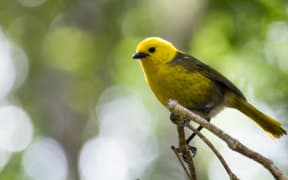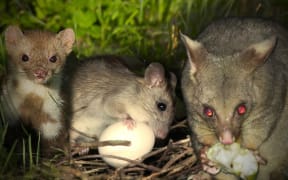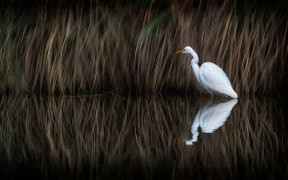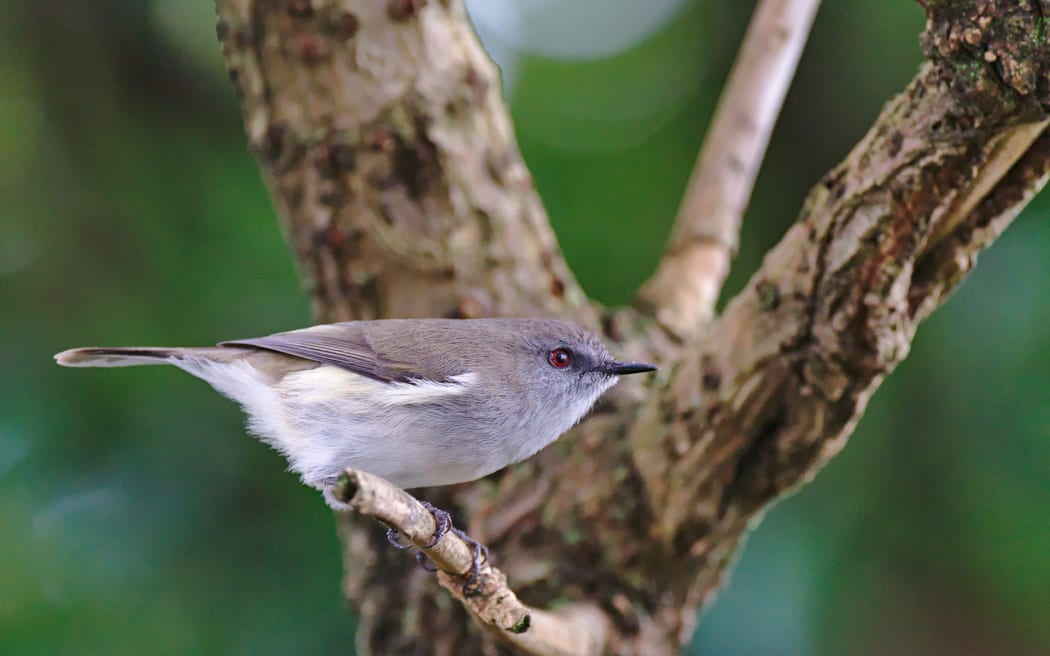
The riroriro / grey warbler was among the species observed. Photo: Christopher Tuffley
Bird lovers navigated a pandemic and rising living costs to gather priceless data on the country's native birds, an expert says.
After five years, the country's largest citizen science project to map the distribution and abundance of New Zealand birds has been completed.
In that time more than 100 bird species were observed by people contributing to the New Zealand Bird Atlas.
Coordinator Dan Burgin said birdwatchers had endured the Covid-19 pandemic, the lockdowns and the rising cost of living "and still came together and amassed nationally significant data".
You can search the the full atlas here.
"It can't be understated how important this is. It's going to inform bird research on populations for decades to come so we've been blown away."
Participants were invited to upload their bird observations to the website.
Burgin said at least 1700 people helped, 145,000 hours went into the project - the equivalent of 6000 days.
"It was a huge huge and very practical effort and we're just immensely grateful."
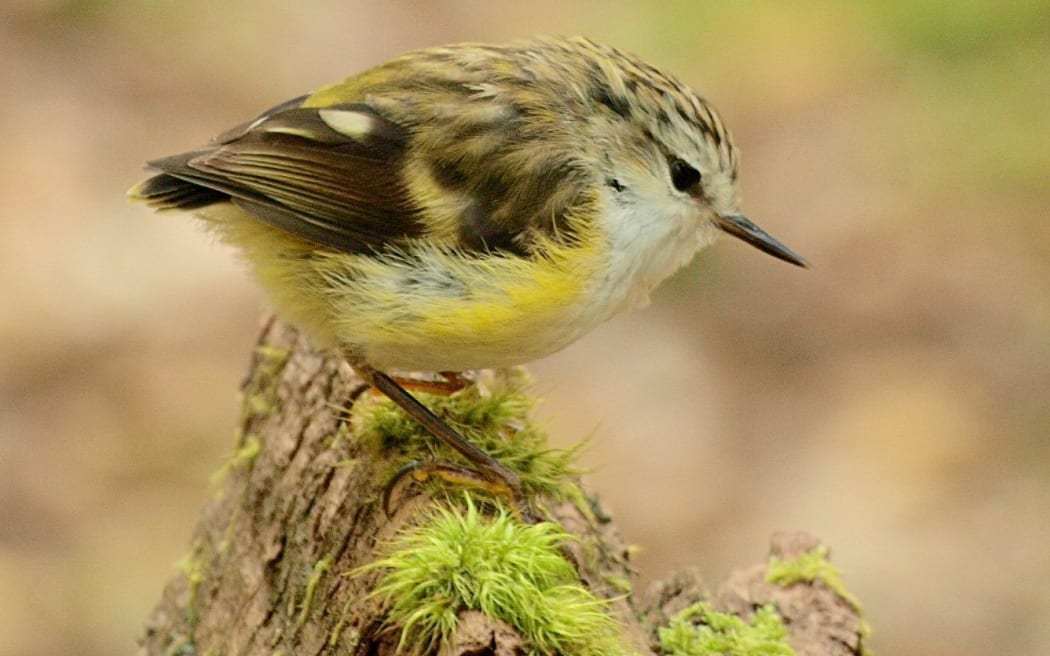
The rifleman. Photo: CC BY-SA 2.0 digital trails/Flickr
Early on, they were told their information "could light up the country" and held fill in gaps in knowledge.
Grid maps were provided and the co-ordinators would sometimes direct people to certain areas and ask for observations or ask them to watch for a species' activity at night.
The top species spotted were the chaffinch, the Eurasian blackbird, the silvereye and the grey warbler.
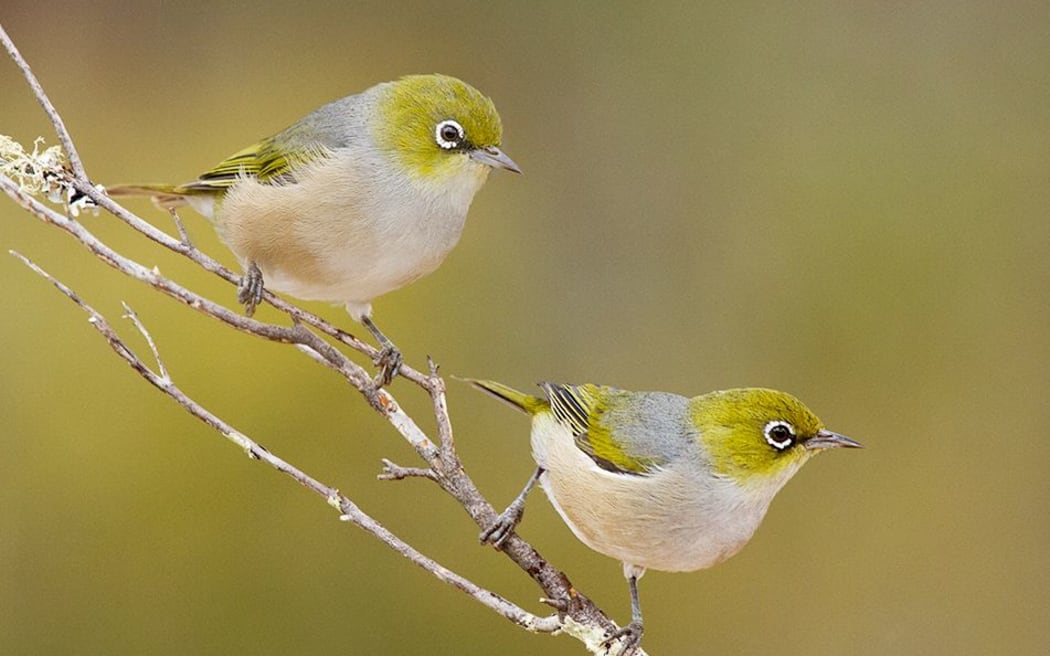
The tahou or silvereye. Photo: CC BY 2.0 Patrick Kavanagh/Flickr
The last bird atlas was completed around 20 years ago.
A lot had changed in that time, Burgin said, so it was vital to have longterm data sets to provide an understanding of what was happening and guide wise conservation decisions.
The project was coordinated by Wildlife Management International Limited on behalf of Birds New Zealand.
